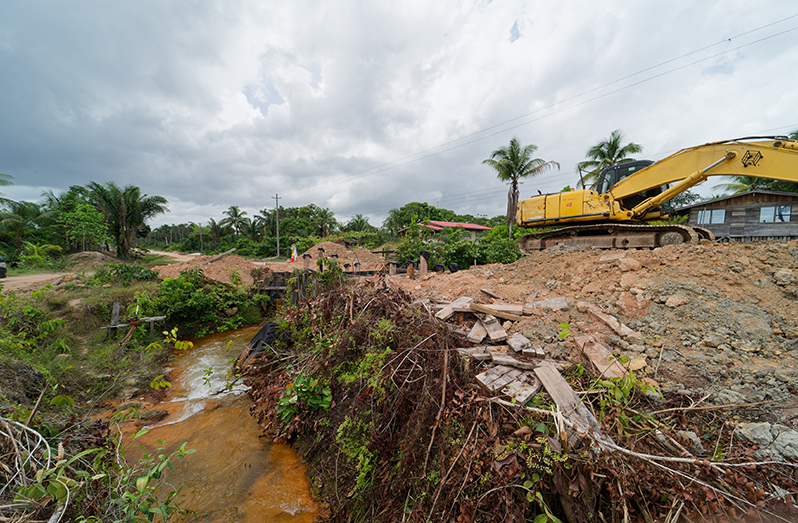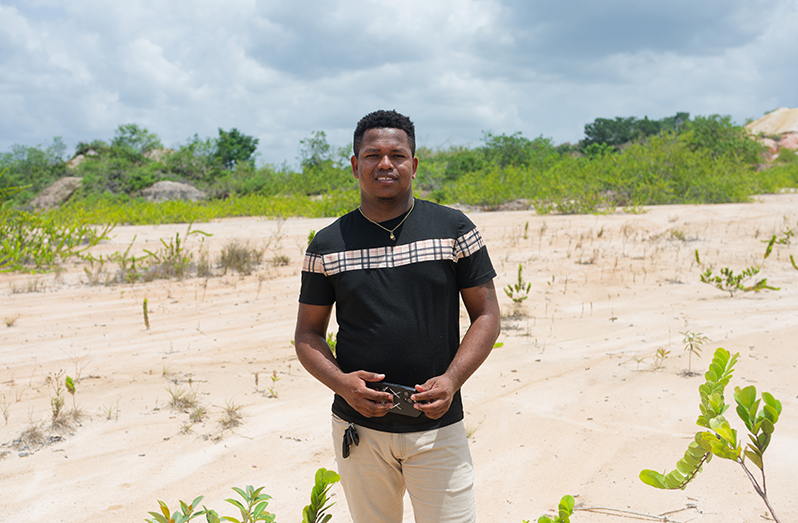A community with a past as rich as its future
AS Pepperpot Magazine continues to explore Guyana’s beautiful lengths and depths, the individual identity of each village is constantly showcased. This week, we ventured into the community of Three Friends. This quaint, picturesque escape could be hidden past the mining town of Linden. With neighbouring communities like Coomacka and Watooka, the village is home to its own unique history and rich culture. The village has a deep, rich history that it still holds dear to this day. The little community of Three Friends is a captivating and friendly escape just on the outskirts of Linden. The village houses a diverse mix of close-knit people who are as peaceful as the scenery.
The founding of the community
The community of Three Friends may not ring a bell to many today, but, in years gone by, it was the centre of one of Guyana’s biggest industries: bauxite. The village is said to be the site of Guyana’s first bauxite mine. Moreover, the community houses a memorial stating Three Friends as the first bauxite mine in South America. Remnants of the community’s industrious past can still be found today. Secretary of the Community Development Council, Ronel Evans, shared about the village’s past.
The community was named after three founding men: Sir John Spencer, John Blunt, and John Patterson. According to the community’s records, the three Scottish men ventured into the region during the 1800s to cultivate oranges. Previously, the community was coined ‘Akyma,’ an Amerindian term which is said to be synonymous with surprise. The trio stumbled upon bauxite ore, and by May 13 1820, Sir John Spencer had bought the land, giving rise to the aptly named Three Friends village. Coming from a community that was predominantly occupied by Amerindians, today, the village houses a vibrant mix of people, which has given rise to the community’s unique cultural flair.

Ronel was born and raised in the community. Although he no longer permanently resides in the village, he still profoundly loves his home and is dedicated to improving the community. “Three Friends actually has a population of about 400 persons living here. And it has approximately 150 to 200 houses,” he stated.
One of the major developmental thresholds of the community is tourism. The village is an untouched reservoir of natural beauty. From captivating blue water lakes to immersive hiking trails, Three Friends has as much scenery as it does history. Ronel elaborated on the village’s tourism potential, sharing that the opportunity exists. All that is needed is for someone to harness it. “We have a blue lake, which actually has a beach, and many persons would go there for recreational activities during Easter, and they would play games and have fun.”
Ronel believes that the village sites are as interesting as their past, and coupled with each other, they could work to bring people into the village. He stated, “We also have the 100-year signboard, which is located at Maria Elizabeth, where the first bridge was actually built across the Demerara River. I think if we develop that area along with the Blue Lake area, it would actually bring in a lot of positive action to our community.”
Development in the face of challenges
In the realm of community development, countless efforts are being made. Like the rest of Guyana, infrastructure in the community is being prioritised. The village’s bridge is currently under reconstruction, which acts as an integral link between communities. Although there are areas in the community where residents would like to see improvements, the positive steps being taken are undeniable. As Ronel shared, “I think that our community actually needs a lot of development. For example, we have a community centre that is here that needs rehabilitation. There are bridges that are being built in the village. The women’s group, they have a shade house.”
One of the issues the village has grappled with is its human resources, specifically youth development. According to Ronel, high school dropouts were a major stumbling block for the village. In recent years, however, with the advancement of technology and communication, the community’s youth have been making greater strides.
He further elaborated on the topic, sharing that, “Persons are becoming better and being able to educate themselves and get themselves in touch with doctors, teachers, nurses, etc. But I still think there is room for improvement and more development for our youth.” The community’s sense of togetherness also continues to grow with the expansion of the village. Although the community houses more than 400 persons, they are still close-knit. “The people who actually live here, we socialise a lot because it’s a small community. Everyone knows one another. For social activities, we have games on the block. We have a barbecue around the village shops,” Ronel shared.

A community bustling with tourism potential
Olitia Jones is another villager of Three Friends. Exemplifying the welcoming nature of the community, Olitia is a jovial and pivotal part of the village’s tourism committee. “What we’re looking at is that True Friends has a lot of potential for tourism because we have white water, and Three Friends has been fortunate to have the shade house, which a lot of communities do not have or were not fortunate to have.”
Taking pride in her community, Olitia, who is a nurse at the Three Friends health outpost, is optimistic about all that her community has to offer. She describes the village as being a peaceful place with an amazing mix of people. Things such as the village’s drop zone, and a small waterfall, are all things that Olitia believes could bring people to the community. “Also, we have the churches; there are 3 or 4 churches in here of different religions. We also have the drop zone, there are some shops, and as you go forward, you can explore, you’ll see other things. We also have the bridge, the first bridge of the mining, that has been there for over 100 years.”



.jpg)










